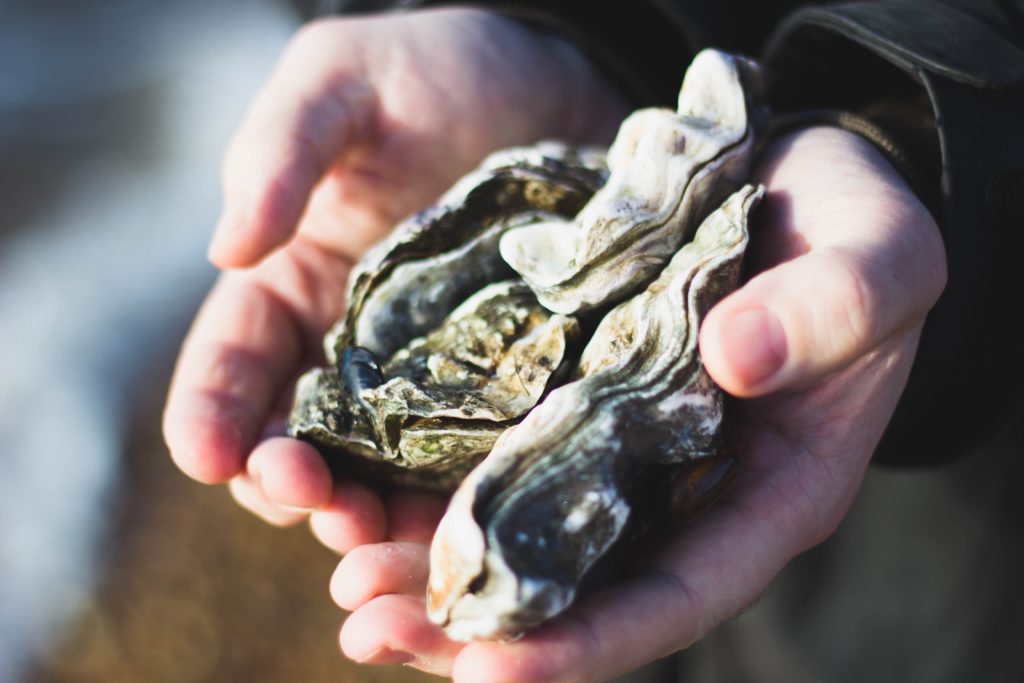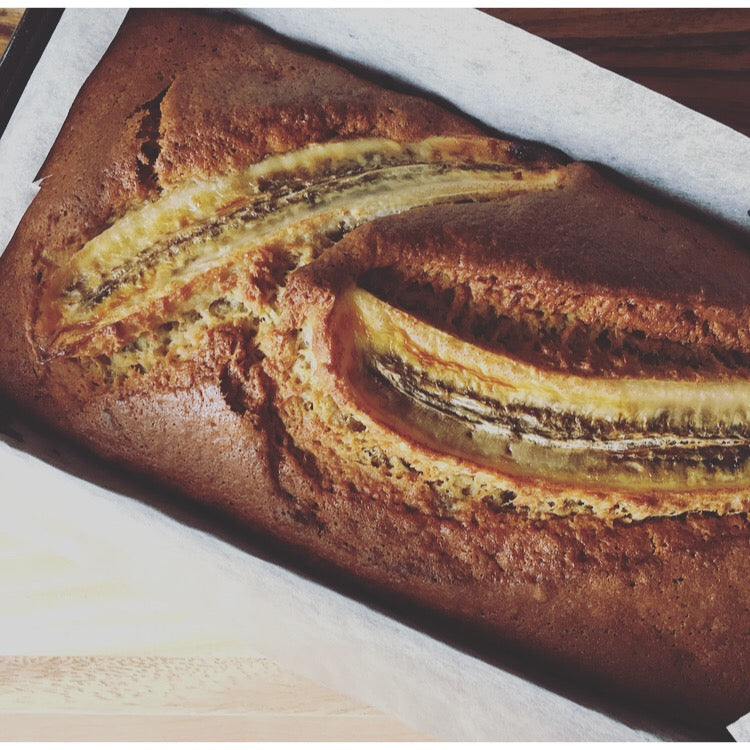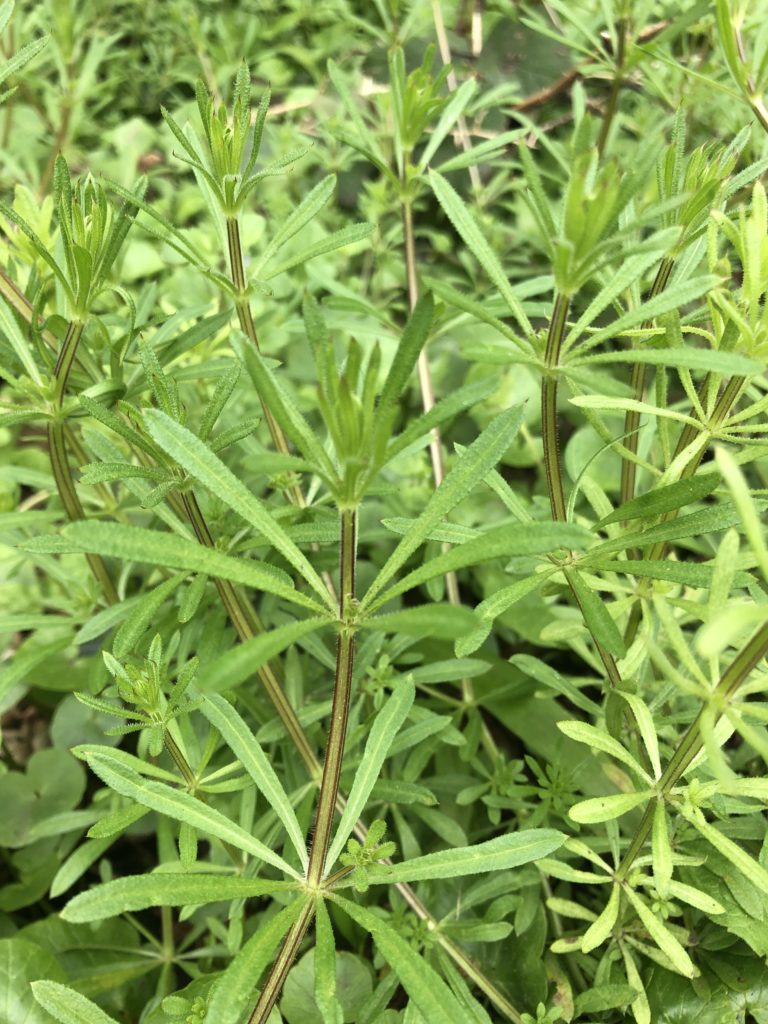Journal
- All
- Antioxidant
- Astragalus
- Blood clots
- Brain fog
- Burnout
- Cervical cancer
- Cholecystectomy
- Cold feet
- Cracked heels
- Echinacea
- Exhaustion
- Fatigue
- Gallbladder
- Headaches
- Health Advice
- Heart health
- Liver
- Low immunity
- Low white blood cells
- Memory
- Menopause
- Migraines
- Nervous system
- Perimenopause
- Recipe
- RnA ReSet
- Strokes
- Sun protection
- Thyroid
Avignon, the Heart of Provence
“The world is big and I want to have a good look at it before it gets dark” John Muir To travel, is one of life’s luxuries. But it is a luxury that can fill the heart with such...
Zinc deficiency, as reported by The World Health Organisation, is a significant problem for most countries in the world. Everyone, young and old requires regular zinc intake from their diet. Lack of this vital mineral is linked to poor health...
This easy gluten free banana loaf recipe is perfect served slightly warm with a spread of butter and a cup of tea. Ingredients 5 organic smallish ripe bananas 250g Doves Farm gluten free flour 140g light muscovado sugar 75g organic...
Cleavers grows abundantly in our hedgerows and springs up in waste places and fields. It is a traditional spring tonic and in 1652 Nicholas Culpepper wrote, “it is a good remedy in the Spring, eaten (being first chopped small, and...
The Chaga Mushroom and the Cancer Ward
Chaga in History The Chaga mushroom (Inonotus obliquus) doesn’t look like a regular mushroom. It is a parasitic fungus. Black, lumpy and charred-like, Chaga is found growing on the trunk of the birch tree in forests of northern Europe, Asia...
“Maybe the journey isn’t so much about becoming anything. Maybe it’s about unbecoming everything that isn’t really you, so you can be who you were meant to be in the first place” – Unknown I wonder how many of us...
Authenticity – Letting Go of What We Should Be
“Write hard and clear about what hurts”- Ernest Hemmingway Being authentic can be freeing physically, emotionally and spiritually. How often in life, growing up or even right at this moment, have you felt unable or powerless to be the real...
Five Reasons Why You are Always Bloated
If you suffer from bloating you know it can be a horrible feeling. The belly is distended and feels tight and full. It feels like you can’t breathe, move properly or comfortably go about the day. Suffering from bloating can...
Low Thyroid Symptoms – Steps to Support Your Thyroid Health
Could you be suffering from an undiagnosed thyroid condition? Perhaps you have visited your GP with common low thyroid symptoms and a blood test revealed that all was “normal”, or maybe you are already taking prescription thyroid medication but still...






